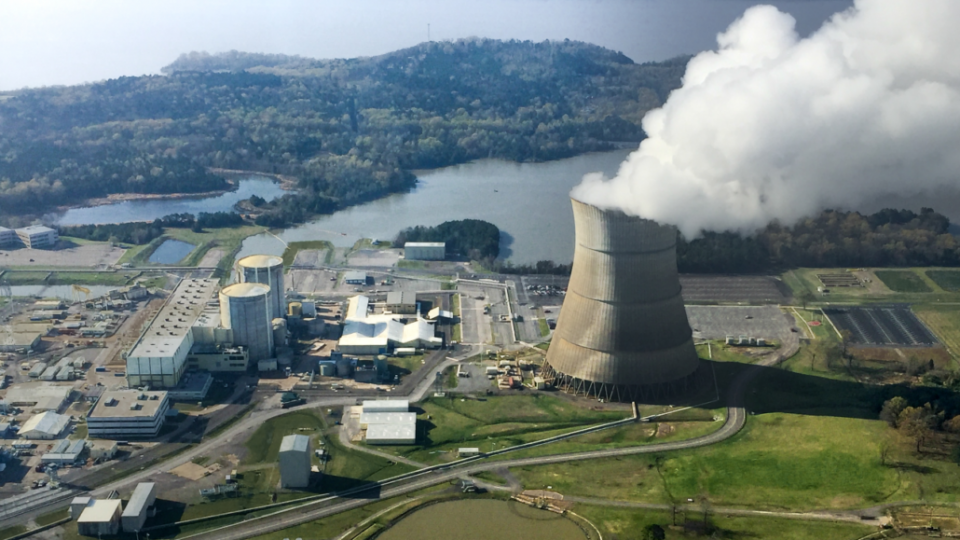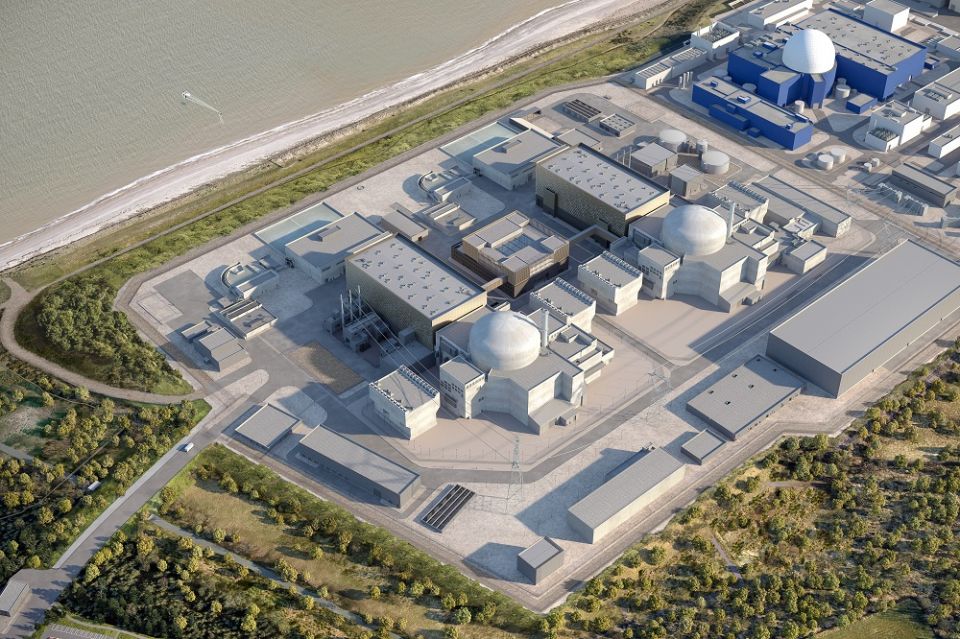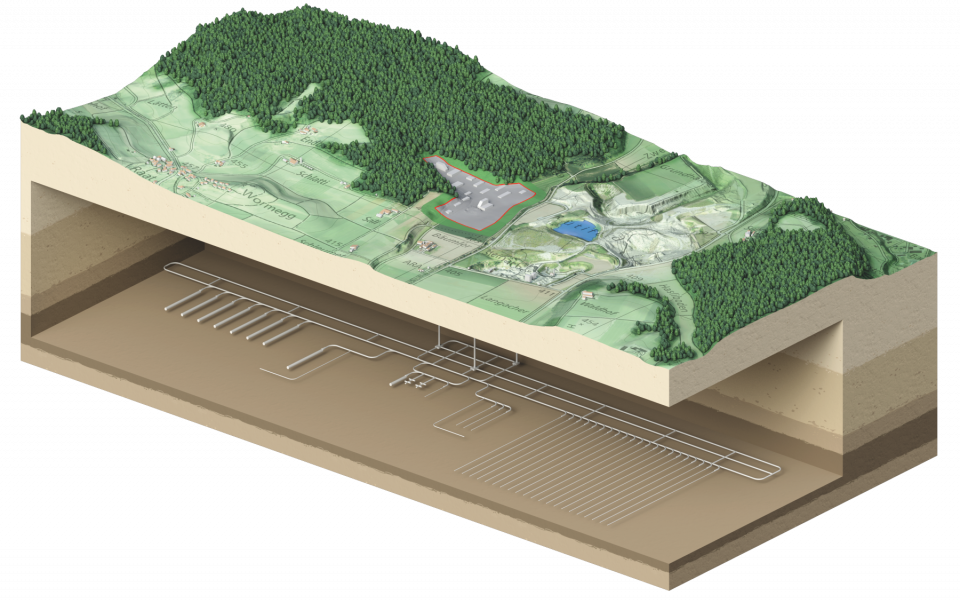Waste Management 2023: Innovation, transformation, and sustainability
Attracting more than 2,000 attendees, the 2023 Waste Management Symposia was held February 26–March 2 in Phoenix, Ariz. For many, this year’s conference was a return to business as usual, with a packed exhibit hall and well-attended technical session, as the upheaval brought about by the pandemic that began three years earlier seemed a thing of the pasts. Not that those who gathered in Phoenix threw any caution to the unseasonably cold and rainy winds that descended across Arizona this year.




.jpg)





